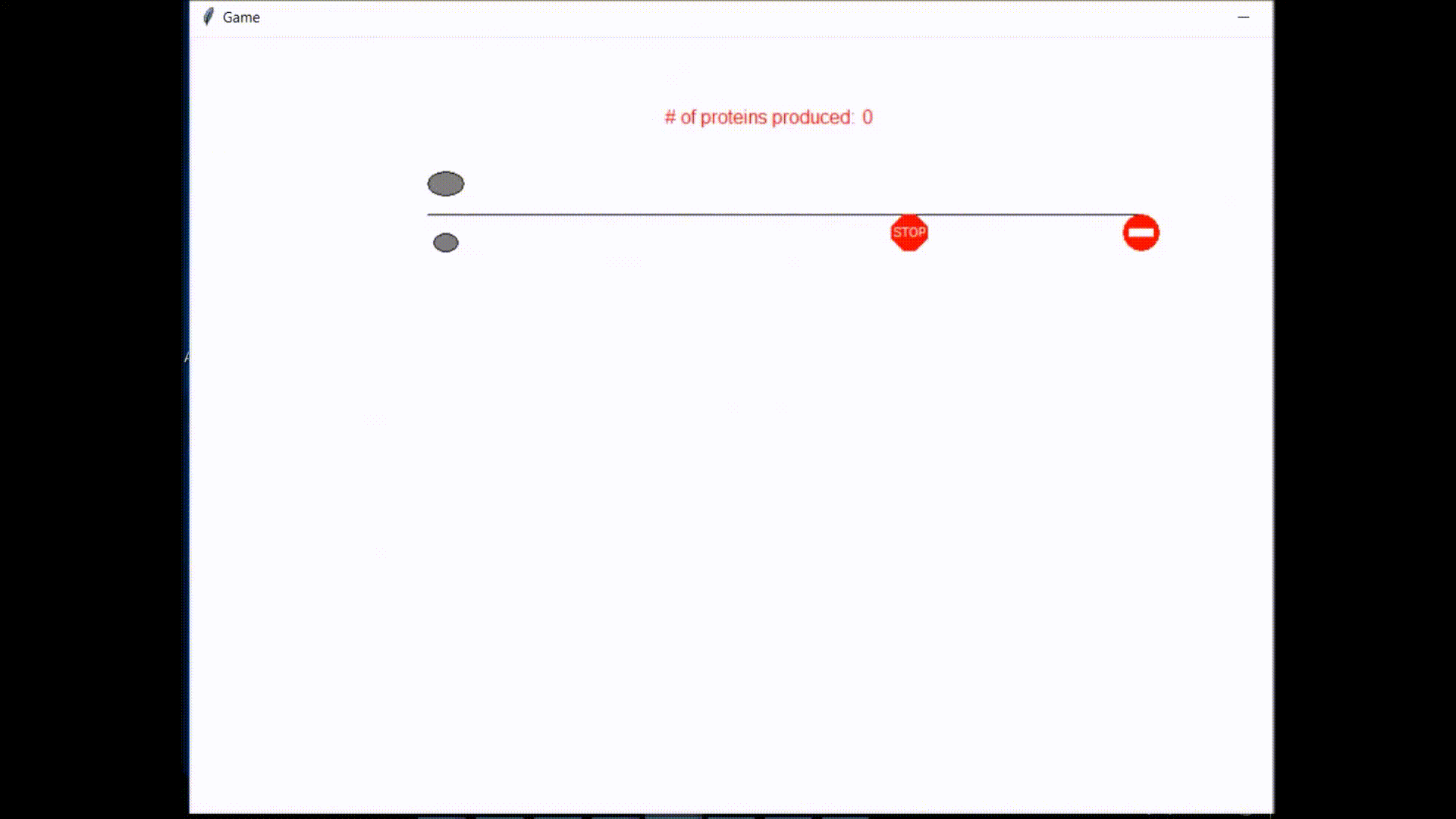Ribosome counting mechanism in human mRNA

Researchers from the School of Biochemistry and Cell Biology discovered a molecular timer in the human gene AMD1.
Sequences of all proteins in the cell are encoded in mRNA molecules which are translated by the ribosomes, naturally occurring nanomachines that decode sequences of nucleotides into proteins.
One of the central tenets of molecular biology posits that ribosomes continue to translate mRNA molecules into their encoded proteins irrespective of the number of previous rounds of translation. However, researchers from our School have found at least one human mRNA that limits iterative translation by recording its protein synthesis history. This mRNA is of AMD1 gene encoding s-Adenosyl Methionine Decarboxylase which is a key enzyme in polyamine synthesis. Its substrate, s-Adenosyl Methionine (AdoMet or SAM), is used as a methyl donor in most methylation reactions in the cell.
When ribosomes translate AMD1 mRNA, a small proportion stochastically read through a stop codon leading to continued translation until synthesis of a specific extended peptide causes the ribosome to stall. Eventually a queue is formed by those trailing ribosomes that also read through the stop signal. The length of the queue is proportional to the number of ribosomes that translate this mRNA but, once the queue impinges onto the main coding region, translation halts because now all translating ribosomes (not just readthrough ribosomes) join the queue (see the computer simulation video).
The authors of this work, that is described in a Letter published in the journal Nature on the 3rd of January, speculate that this mechanism helps to shutdown dysregulated AMD1 mRNA molecules to avoid producing too much s-Adenosyl Methionine Decarboxylase.
Further information
The LAPTI lab at our School led this research.
Their GWIPS-viz browser helped to make this discovery.
These findings are also summarised in Nature's News and Views.
